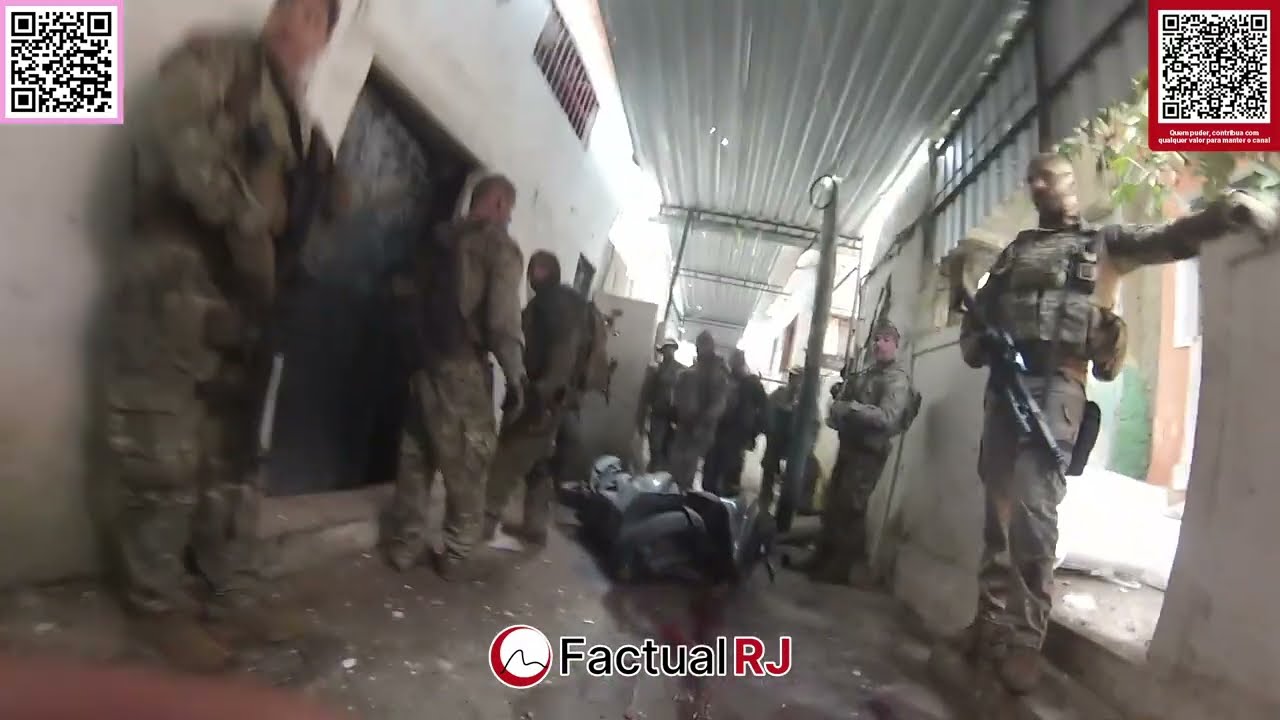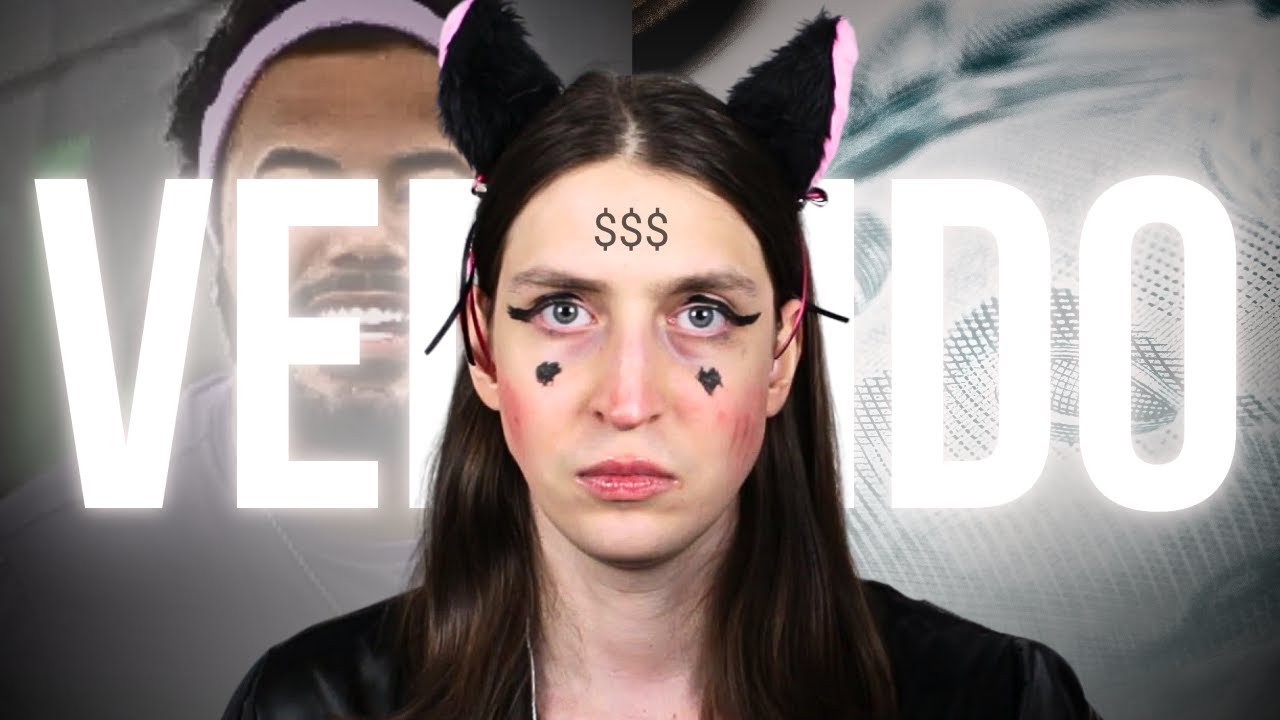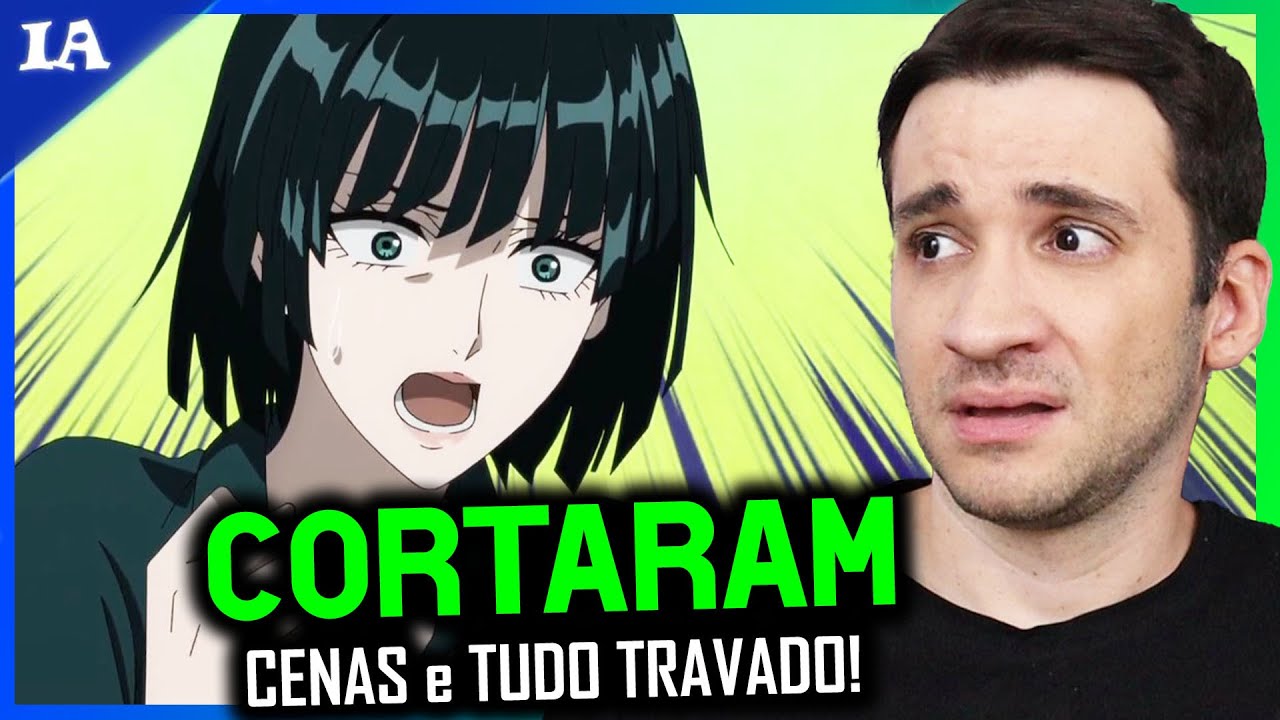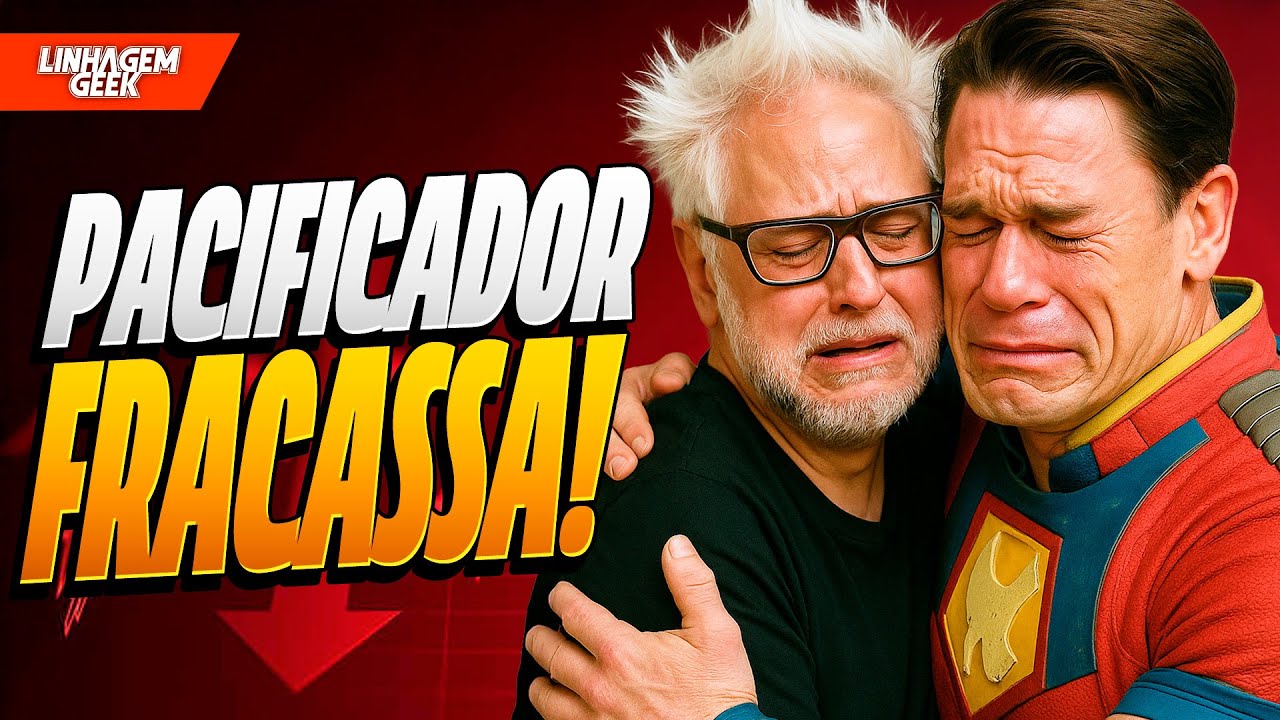ONDE ESTÁ RAQUEL? O túmulo polêmico da matriarca Raquel!
0Shalom and welcome back to Israel with Aline! We are between Bethlehem and Jerusalem, because today we are going to visit the tomb of our matriarch Rachel, understand a little bit more about her life and also understand what is in this place today and why there are all these walls around me. So if you are ready let’s get started! Who was Rachel? Her story begins a long way from here, it begins in Aram, in Mesopotamia, and one day Jacob, the patriarch, arrives in this region and he falls in love with Rachel, and then he goes and asks Laban for Rachel’s hand in marriage to her father. And Laban said: “Sure, I will give you my daughter’s hand in marriage, but for that, you need to work seven years.” Jacob accepts the agreement and goes to work seven years for her, and finally the long-awaited day arrives the wedding. And as is the tradition here in the region, a veil is put over the bride, and the wedding happens, and the next day Jacob wakes up to find that the bride was not Rachel, but Leah. Laban had dressed Leah, his older sister, as the bride. And then Jacob indignant and in my opinion rightly so, comes to Laban and asks “what happened?” And then he says “no, it’s not fair to marry the younger sister before the older one, so I married Leah, if you want you can also marry Rachel by working seven more years.” And Jacob again agrees and works another seven years for Rachel. Now, in biblical times one could marry more than one wife, let’s make it clear that today in Judaism it is not allowed. And also, because of this biblical story, we keep a very interesting tradition nowadays in the wedding; the brides still wear the veil, but before taking the bride to the “chuppah”, to the place where the ceremony actually takes place, the groom will approach the bride, will raise the veil, look, see that it is really her, lower the veil and go to the place. And then she is also accompanied by her parents, so we can be sure that nowadays there will be no more confusion about marrying one thinking she is the other, but in the end, Jacob will marry both sisters; Rachel will be the beloved wife, but she will be barren and it will take years before she will be able to give birth to a son, and this son she will name Yosef, in Portuguese we know as José (Joseph). Years later, the whole family will move to the Land of Canaan, which is another name for the land of Israel, which is where we are now. And after a few more years, Rachel gets pregnant for the second time, a great joy for her, a woman considered barren is pregnant with her second child, and she will be on the way from Bethel to Hebron, as it is written in Genesis: “Then they moved on from Bethel. While they were still some distance from Ephrath, Rachel began to give birth, and as she was having great difficulty in childbirth As she breathed her last —for she was dying —she named her son Ben-Oni. “But his father named him Benjamin. So Rachel died and was buried on the way to Ephrath (that is, Bethlehem).” Genesis 35: 16-18 And as we heard, she will pass away here beside Bethlehem, beside Ephrathah but before she passes away, she will tell what the baby’s name will be and she wants him to be called Benoni, which means “the son of my pain”, or ” the son of my sorrow”, well understandable in relation to the situation she was in, but her husband Jacob decides that it will not be Benoni, but he gives her the name Benjamin, or in Hebrew Biniamin, which means “the son of the right hand”, and of the twelve sons that will be born to Jacob, the only one born here in Canaan, the only one born in the promised land, will be Benjamin. “Over her tomb, Jacob set up a pillar, and to this day that pillar marks Rachel’s tomb.” Genesis 35:20 And the place is really known until today, we have written records from the 4th century on, and also later records of paintings and photographs like the one you see now. And one thing I find incredible is that this same tree that appears in so many photographs and paintings it exists to this day. This Centennial Olive Tree also helps us to mark the place. But now, without further ado, let’s go together to the tomb of the matriarch Rachel! And here, as a traditional Jewish place, the prayer is done separately for men and women, and we will start entering first on the women’s side, the place has gone through many transformations throughout history, these Arches for example that we are seeing, they are a reform from the 19th century, and the oldest part is at the bottom where we are going now. And this big structure that we see in front of us, was built over Rachel’s tomb; so it has a plastic, cloth, stone cover, but underneath it, all is the Biblical grave. The people who come here to pray can come to pray the psalms, say their daily prayers, or ask for a good marriage, or for the cure of a relative or friend who is sick, and that’s why I think that these little notes that you see here placed on the walls are very beautiful, and on these notes are placed the names of people who are sick and need prayers, then you can come here, look at the note and pray for one of these people even if you don’t know them personally, it is a public request from the people who come here. How is this tomb divided? As you can see on two sides, so here for the women’s side there is this metal division, and on the other side we can already see that there are men praying, but now let’s go to the men’s side, to see also a little bit of how the prayers are on that side, and to know a little bit more about the great biblical importance of Rachel. And Raquel is seen as the great mother of the people of Israel, although she is not the only matriarch. We see the affection she had for her children, and that she has for her children to this day. As it is written in Jeremiah: “This is what the LORD says: “A voice is heard in Ramah, mourning and great weeping Rachel weeping for her children and refusing to be comforted because they are no more. This is what the LORD says: “Restrain your voice from weeping and your eyes from tears, for your work will be rewarded,” declares the LORD They will return from the land of the enemy. So there is hope for your descendants,” declares the LORD. “Your children will return to their own land.” Jeremiah 31:15-16 And as it is written in the prophecy, thanks to Rachel’s concern and crying for her children, for the people of Israel, the people will return to their land, which is actually happening; the people of Israel were exiled from their land for one thousand nine hundred years and in the last one hundred and fifty years Jews have started to return in greater numbers, and a little bit more than seventy years ago, the State of Israel gained its independence once again. And so Rachel has a connection not only to the past of the people of Israel but also to the present and the future! And since the Jewish New Year is coming, in a minute the people will start playing the shofar, the trumpets, and you will hear it. [Sound of Shofars] And now we’re going to start on the most complicated part of our history, which is the present time part, and also we’re going to understand these walls that are around us. Rachel’s tomb is between the city of Jerusalem and Bethlehem, and when the peace negotiations between Israel and the Palestinian Authority took place, it had to be decided in whose hands Rachel’s tomb was going to be. And the peace agreement will stipulate that the tomb will be in Israeli hands, why? First, because Rachel is one of the four matriarchs of the people of Israel, and also of Judaism, and also because all the holy places that remained with the Palestinian Authority will be inaccessible to Jews and Israel, for example, Rachel’s own son: Joseph of Egypt, is buried in Shechem, in Nablus. And the entry of Jews there is forbidden, the same for Bethlehem, the city of King David, the same for Jericho, and the walls of Jericho and so on. And then it was decided that since Rachel’s tomb is between Israel and the Palestinian Authority, it would be on the Israeli side. How close is Bethlehem, people? Let me show you, come here with me for a second, look where the wall is, and look behind it, you can already see houses, these houses that already belong to Bethlehem. Here we can even see a hotel in Bethlehem, which many pilgrims who come stay at. So really the towns grew, grew, grew until one was glued to the other and in the middle was Rachel’s tomb. And everything was fine, relatively well until the year 2000, when the intifada begins; which were terror1sts attacks made by radical Palestinian Islamic groups between the year 2000 and 2002. And Rachel’s tomb was one of the most attacked sites, there were 41 days of consecutive and constant attacks on this site. The site had to be closed to visitors and this also put hundreds of lives at risk, and then they started thinking about what to do, and the solution they found, which is far from ideal but necessary, was to build a defense wall, which is what we are seeing behind me now. The attacks happened in the year 2000, and in 2001 this wall was built. Today the situation here is very different, and thousands of people come to pray here every day without fear. Unfortunately, the wall at this moment is still necessary as a form of protection, but God willing one day it will no longer be, and it will be possible to dismantle it and reunite the cities of Bethlehem and Jerusalem, until then we will continue having this slightly different view of this place and also reminding us of the current history of the region, and the geopolitics. This is a wonderful place for us to connect with our history, the history of our matriarch Rachel, to also see the actuality but mainly to pray for a future, for a more peaceful future, with maybe fewer walls and more security. Don’t forget to subscribe to our channel for more videos directly from Jerusalem and Israel, a kiss and see you next time!







